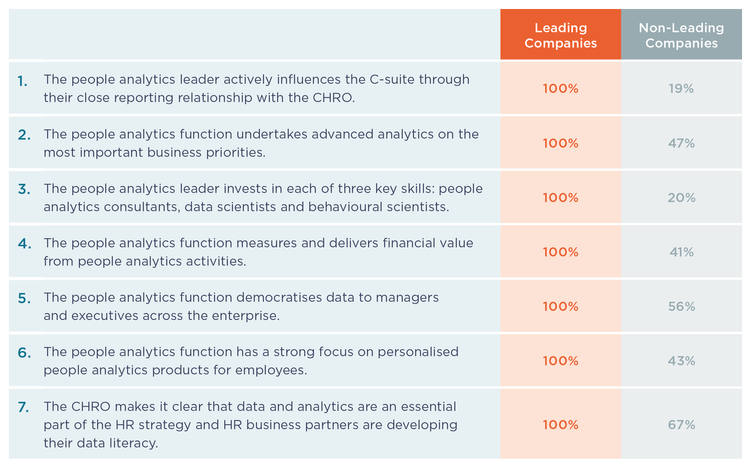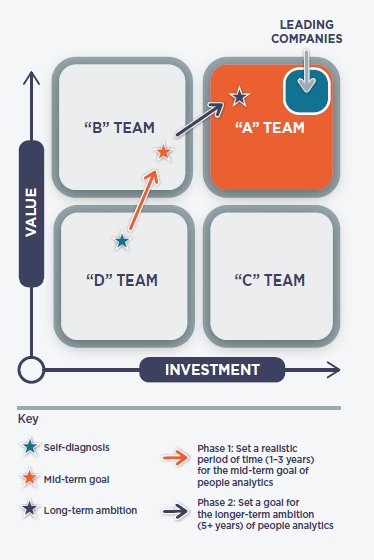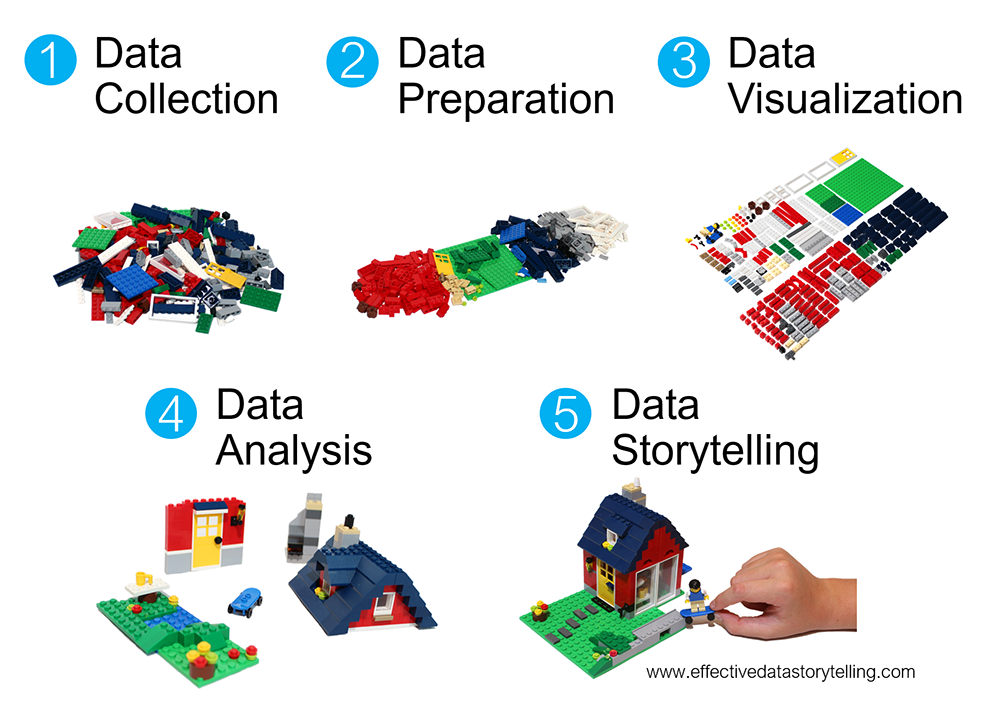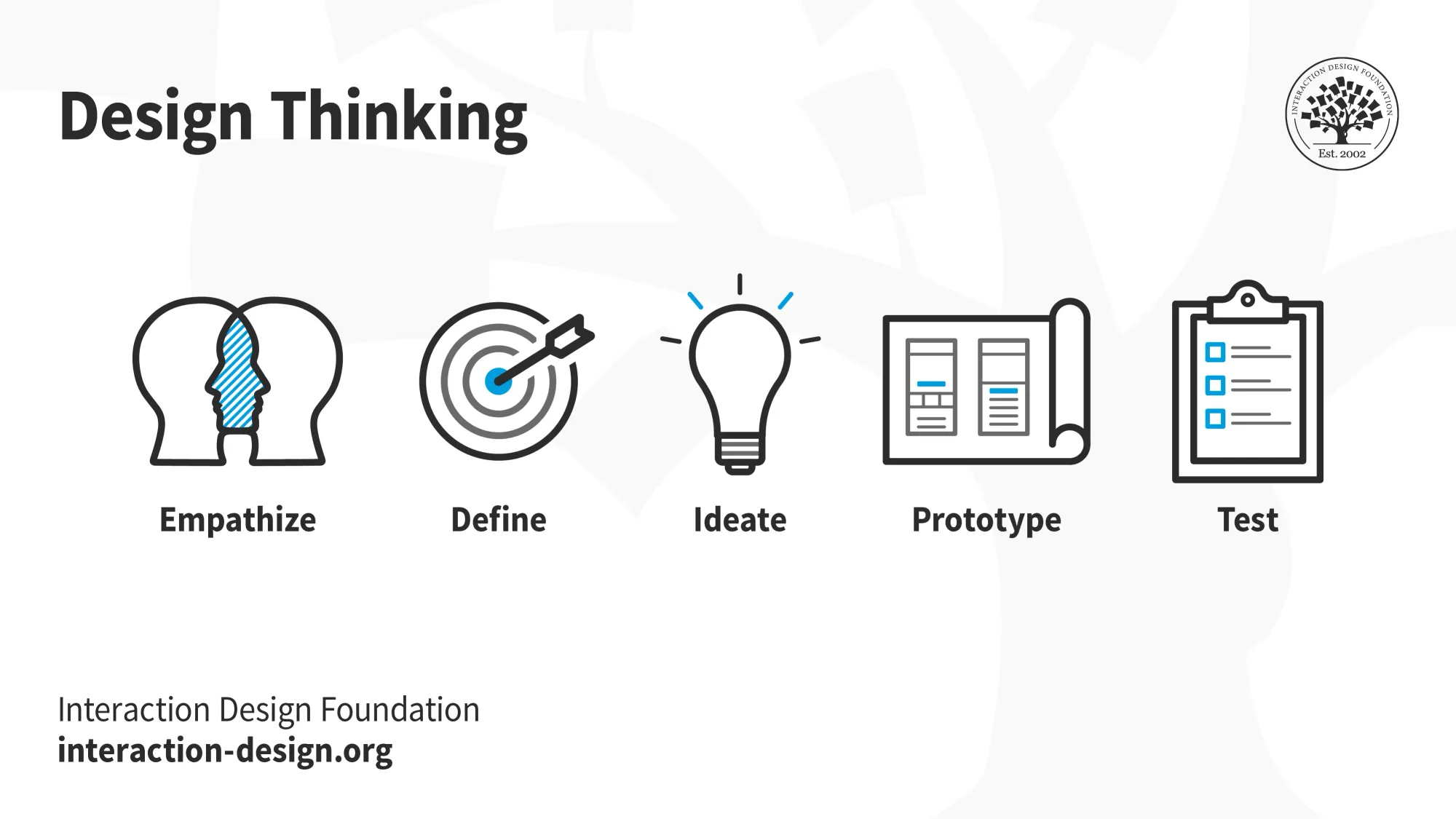People Analytics Trends 2022 and Data Storytelling

Hi there!
My name is Sebastian Szachnowski and I write about People Analytics and Digital Transformation of HR. All in relevance to the business. This is the second issue of my newsletter.
In this edition, I will focus on the fresh report from Insight222 describing on how Leading Companies in People Analytics impact business value, and how to apply Storytelling to pitch your analyses and insights. Additionally, we look into Agile Change Management.
Due to my workload in recent weeks, the promised continuation of HR Data Governance focused on Data Management will be moved to the next issue of my newsletter.
Table of contents:
- Report: People Analytics Trends 2022
- Data Storytelling
- Agile Change Management
- Recommended books
I hope you will enjoy this issue of my newsletter!
Report: People Analytics Trends 2022
Insight222 has published yearly report about the state of people analytics. They identified so called Leading Companies, the best of the best when it comes to the people analytics. These companies are set as an example of how people analytics can bring the most value to the organization. Also, the report describes how you can progress in the field of people analytics to improve your organization’s capabilities and improve the business outcome.
Three key findings of the research are:
- Leading Companies in people analytics display seven key characteristics.
- People analytics as a discipline has grown in importance.
- People analytics leasers have expanded their range of influence.
Seven characteristics of Leading Companies:
- The people analytics leader actively influences the C-suite through their close reporting relationship with the CHRO.
- The people analytics function undertakes advanced analytics on the most important business priorities.
- The people analytics leader invests in each of three key skills: people analytics consultants, data scientists, and behavioural scientists.
- The people analytics function measures and delivers financial value from people analytics activities.
- The people analytics function democratises data to managers and executives across the enterprise.
- The people analytics function has a strong focus on personalised people analytics products for employees.
- The CHRO makes it clear that data and analytics are an essential part of the HR strategy and HR business partners are developing their data literacy.

In 2022, the same as in 2021, the ratio between the people analytics team and the headcount is 1:2900. It means that in a company of 100,000 employees, the people analytics team size is on average 34 people. The same ratio in 2020 was 1:4000. Additionally, the 65% of companies surveyed indicated that they increased their team size in the last 12 months. The 68% predict that their team size will grow in the next 18-24 months.
The ratio of the people analytics team to the total headcount in Leading Companies in 2022 is 1:2300. Another specificity of Leading Companies is that the people analytics leader invests in people analytics consultants, data scientists, and behavioural scientists. Also, in these companies people analytics leaders are always responsible for employee listening/engagement, upskilling HR, and people analytics technology.
This year, 21% of surveyed companies have people analytics leader that reports directly to CHRO, compared to 13% in 2021. This shows increasing influence of people analytics leaders. The research shows as the people analytics function evolves with age the reporting line gets closer to CHRO.
The research indicates that in 88% of companies who responded to the survey, in the last 12 months their people analytics team has been asked to do specific work for the board.
As David Swanagon, Global Head of People Insights, Technology and Business Excellence at PPG, comments: “If people analytics leaders frame the conversation around only people, there will never be the right level of impact. If those leaders frame the conversation around growth, sales and market opportunity, it creates a totally different situation. For me, it was this reframing that made the difference to our level of influence with business leaders.”
The respondents of the survey pointed out five areas where people analytics adds most value:
- Diversity and Inclusion
- Employee Experience/Listening
- Retention
- Workforce Planning
- Talent Acquisition
100% of Leading Companies now have the people analytics consultant role in their team.
As people analytics increases in importance, people analytics leaders recognise that implementing, developing, and growing a team of business-facing consultants is essential to understand stakeholder requirements and prioritise effectively.
Of the people analytics leaders who contributed to the research, 81% predicts their companies will invest in analytics dashboards technology (developed in-house or procured from SaaS vendor), specialist people analytics technology, or both. This investment shows that the growth of people analytics functions is stable.
Of the companies surveyed about their technology adoption, 48% are using collaboration analytics and ONA technologies, 80% are using labour and talent market intelligence technologies, 52% of companies surveyed are using talent marketplace and skills inference technologies. However, only 10% of surveyed companies have begun skills-based workforce planning.
Investing and (more importantly) utilising specialist people analytics technology to help executives make better decisions about their people and to provide employees with better opportunities is no longer optional. It is a “must have” for companies to attract, develop, and retain the talent needed to compete in their chosen markets. The good news is that the investment and desire for these types of technologies is increasing.
Among surveyed companies, 32% have delivered personalized people analytics products for employees in the last year, and 68% intend to deliver this kind of products in the next 18-24 months. Personalized people analytics products require high level of ethics. Transparency and fairness are the key aspects of people analytics.
If employees understand how their data will be used and see the benefit, it is likely that they will contribute data. By contributing data to the analytics team, the quality of analyses improves. It’s a win-win for all. It’s a “fair exchange of value”.
Below self-diagnosis can help assess the current state of the investment in and value gained from people analytics:
- What is the ratio of your people analytics team to total employee headcount?
- Have you invested in specialist people analytics technologies in the last 12 months?
- Have you calculated the financial value of people analytics solutions and products in the last year? Do you intend to measure financial value of people analytics products in the next 12 months?
- Have you scaled people analytics products to employees across the enterprise in the last 12 months?
- What value do you want to derive from people analytics in the next one to three years, and in the longer term (five-plus years)?
- How much investment, relative to the rest of the HR function, are you willing to make in people analytics in the next one to three years, and in the longer term (five-plus years)?

Source: https://www.myhrfuture.com/blog/impacting-business-value-leading-companies-in-people-analytics
Data Storytelling
The process of moving raw data to data story can be represented in five steps:
- Data collection: you gather data on something to measure and understand its performance or behaviours.
- Data preparation: you cleanse, organize, and combine the data so it’s ready to be analysed.
- Data visualization: you visualize the data so people can more easily monitor and understand what’s happening.
- Data analysis: you examine the data for insights that matter to a specific audience.
- Data storytelling: you explain your insights with narrative and visuals so they resonate and inspire change.

Data comes in various forms and can be used for many purposes. However, storing it in raw format will not serve a purpose other than to take up storage space. It’s only when you combine the data it will transform into something meaningful and useful.
Before you start using your data, it must go through process of cleansing, organizing, and combining. To make data usable significant amount of time has to be spent.
Once you have cleaned your data it’s time to build reports with data graphs and charts. Data visualization can help you navigate through the data, explore information, and find insights.
When you begin analysing the data for answers to specific business questions you should have a clear purpose and a narrow focus. Frequently, most of your analysis work won’t be fruitful and will need to be discarded. Because we perform our analysis for the others – managers, team, department, company; the more we know about our stakeholders problems and demands, the more targeted your analysis can be and the more valuable insight you will deliver. This understanding will guide your analysis, help to prioritize insights to focus on, and decide what should go to the data story.
A set of observations and insights will be incomplete if they don’t have an overarching narrative that binds them together. When you add relevant context and meaning to the numbers, your audience will be engaged and enlightened by your insights. As you explain your insights with data stories, you better prepare the audience to make informed decisions and take action.
If you deliver the data story effectively there is high probability that it will be embraced to drive action and inspire change.
Source: https://www.effectivedatastorytelling.com/post/a-deeper-dive-into-lego-bricks-and-data-stories
Agile Change Management
Businesses in all sectors are experiencing rapid changes and require a new approach to change management. Recent research carried out by The Josh Bersin Company shows that traditional approach to change management is no longer sufficient. It is based on once-and-done initiatives, and current challenges require simultaneous change to business processes, job responsibilities, assignments, behaviours, and more.
While old change models can offer the comfort of providing a structured approach, they also lead to a false sense of security. Even if you follow a change management methodology to a T, something will happen that will disrupt planning. We need to change the paradigm and move away from a focus on management to one that facilitates change and supports employees along the way.
To successfully implement change, leaders and high performers should reinforce the company mission and purpose, they create cross-functional teams to design and implement change, and they acknowledge that the initiative will never be completed. Changes to any change process are inevitable.
Big transformations lead to change which magnitude is overwhelming. Humans find it difficult to accept a lot of change at once. Also, people adapt to change at different pace. The respond to this challenge we might look for ways to make incremental changes which, over time, result in significant changes.
Fair and equitably rewards and recognition are key to sustain and reinforce the change. Research conducted by The Josh Bersin Company in 2021 shows that companies that embedded reward and recognition into change management are 7.3 times more likely to adapt to change and 5.8 times more likely to innovate(!). This reinforcement makes “doing the right thing” also the thing that people want to do.
When the CEO of energy company DCP Midstream, based in Denver, Colorado, U.S., declared that he was willing to pay more for highly skilled employees, the HR team immediately put into effect an incentive plan for training. To boost the uptake of the upskilling programmes focused on key skills, the team instituted an increased hourly rate of US$ 1.50 for each certified skill an employee acquired. Needless to say, training took off.
Solutions designed without direct involvement and input of employees, are more likely to fall short and fail to solve the problem. Moreover, employees will be far more likely to resist to associated changes. Design thinking (understand the problem, simplify and digitise, fail fast and learn, scale, and iterate) will help design the solution and support change adaptability.
Design thinking is a non-linear, iterative process that teams use to understand users, challenge assumptions, redefine problems and create innovative solutions to prototype and test. Involving five phases—Empathize, Define, Ideate, Prototype and Test—it is most useful to tackle problems that are ill-defined or unknown.

Leaders play great role in change management. It’s important what they say, but it’s even more important how they behave. When leaders help employees translate the mission and purpose to their individual work, their organization in 8.2 times more likely to be adaptable to change according to research contains in report The Big Reset: Change Agility.
Human-centred leaders know employees are the source of their organisation’s competitive advantage and business success. Therefore, they act in ways that promote employee trust and model the behaviours they want their employees to exhibit.
Also, HR organizations have to develop skills for change management. To get started, they can:
- Assess capability gaps
- Implement tailored coaching to support long-term career growth and business success
- Leverage capability academies and communities
Recommended books
This time, I recommend two books which are not directly related to People Analytics, but I believe they are interesting to anyone who works with data, statistics, and would like to learn what is behavioural surplus.
Fooled by Randomness: The Hidden Role of Chance in Life and in the Markets, by Nassim Nicholas Taleb

Fooled by Randomness is an investigation of opacity, luck, uncertainty, probability, human error, risk, and decision-making in a world we don’t understand.
Fooled by Randomness will change the way you think about business and the world. Nassim Nicholas Taleb - veteran trader, renowned risk expert, polymathic scholar, erudite raconteur, and New York Times bestselling author of The Black Swan - has written a modern classic that turns on its head what we believe about luck and skill.
This book is about how we perceive and deal with luck in life and business. Fooled by Randomness provides captivating insight into one of the least understood factors in all our lives. The author tackles major intellectual issues related to the underestimation of the influence of happenstance on our lives.
The Age of Surveillance Capitalism: The Fight for a Human Future at the New Frontier of Power, by Shoshana Zuboff

Shoshana Zuboff provides startling insights into the phenomenon that she has named surveillance capitalism. The stakes could not be higher: a global architecture of behaviour modification threatens human nature in the twenty-first century just as industrial capitalism disfigured the natural world in the twentieth.
Zuboff vividly brings to life the consequences as surveillance capitalism advances from Silicon Valley into every economic sector. Vast wealth and power are accumulated in ominous new "behavioural futures markets," where predictions about our behaviour are bought and sold, and the production of goods and services is subordinated to a new "means of behavioural modification."
Inspiring quote
Before you are a leader, success is about growing yourself. When you become a leader, success is all about growing others. – Jack Welch
Thank you for reading my newsletter! I’ll be delighted to get your feedback about the newsletter and this issue.
Do you know someone who might be interested in this newsletter? Share it with them.
You can also:
- Subscribe to my newsletter https://szachnowski.com/
- Connect with me on LinkedIn https://www.linkedin.com/in/sebastianszachnowski/
- Follow me on Twitter https://twitter.com/sszachnowski
- Follow me on Instagram https://www.instagram.com/sszachnowski/
- Send me an email sebastian@szachnowski.com
